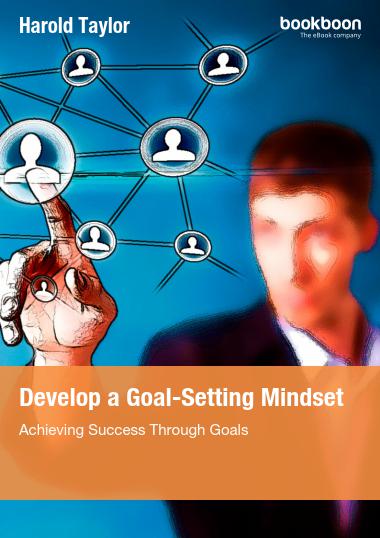A Time Management Article by Harold Taylor
However, barring automation, any increases in production are probably the result of longer working hours, either through overtime or taking work home with them. Production or output may be increasing over the months and years, but in all probability, productivity (output per hour) has been decreasing. And it will continue to do so as the energy depletion, stress, family discord, depleted immune systems, and depression push the employees closer to burnout.
The bonuses, merit increases, praises, and motivational pep talks, designed to increase overall efficiency and productivity, are decreasing efficiency and productivity.
The company’s productivity is the sum of the individual employees’ personal productivity. And personal productivity does not consist of multitasking or taking work home with you or working longer, faster, or steadier. It consists of seven key components, some of which are the exact opposite of what most workers are doing.
Here are what I suggest are the 7 key components.
- Goals. You must buy into the company’s mission statement and goals, and set your own weekly and annual goals, which collectively will make the achievement of the company’s goals possible. In a phrase, symbiosis within the company.
- Planning and scheduling. You must be proactive, and plan, prioritize, and schedule time in advance each week to work on the important, goal-related activities. You can do this by blocking off chunks of time in your planning calendar as appointments with yourself during the next week to work on them – before the time is consumed by others.
- Monotasking. You must kick the habit of attempting to multitask and give full concentration to one task at a time. This will ideally be done during 90-minute work sessions, followed by 20-minute breaks. These breaks involves completely different activities and mindsets and could include coffee, a brief walk, or whatever.
- Focus. This could be assumed in item 3 above but is so important it merits being mentioned separately. It not only involves concentrating on the task at hand and screening out or ignoring external distractions, but also learning to control your own thoughts, which far outnumber the external distractions.
- Boundaries. Setting boundaries protects your time, your most valuable resource for increasing personal productivity. Boundaries ensure that you can successfully achieve the other six components. They will tell others how you want to be treated. They do not tell others what to do, since you cannot control others, but they outline what you will do if your time is not respected. They also protect you from yourself, and help you decide when and how to say no.
- This involves working at the speed that comes naturally to you, without being hurried if your natural pace is slow and steady, or slowed if your pace is fast. When you find your individual rhythm, stick with it, and ignore the pace of those around you. Maintain a pace that is appropriate for you and the task that you are working on.
- Rest and renewal. I could have called this one “managing your energy,” but the best way to renew your energy is by taking regular breaks, taking your mind with you when you leave the office, but leaving your work behind, and never sacrificing sleep. Stephen Covey would have called it “sharpening the saw.”
You could probably think of a few more “keys,” but I believe that most of them would fall into one or more of the above components.
Successful People Read. A Lot.
What do Warren Buffett, Mark Zuckerberg, Elon Musk and Oprah Winfrey have in common? They all read - a LOT! If you want to be successful you need to read. We have over 30 short ebooks designed to get you booked up fast!


